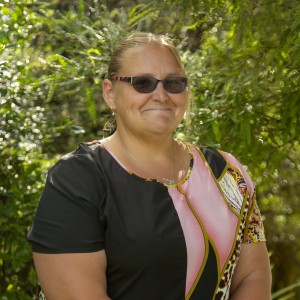Room 16
Room 16 explored ways to encourage our endemic birds, like tui and piwakawaka, back into our school. Students identified where these birds live, what they eat, and examined the special features these birds have. Using this information, students created specific items to entice birds to stay around our school, such as nesting distribution hangers, nectar feeders, insect hotels, and water baths.
Room 15
Room 15 headed off to the AC Baths for swimming lessons. Travelling by bus they got to sing waiata and chat with their bus buddy. Students spotted endemic birds as they travelled along. Students continued investigating these birds, particularly the tūi and the piwakawaka, and looked at ways we could encourage them to live in the school grounds. Splitting into groups, students took action, making bird baths, sugar water and insect hotels to feed our endemic birds at school.
Room 14
Room 14 learned about climate change and how to take action to protect New Zealand's natural environment. They have all shown an interest in the protection of the New Zealand bush and trees. Students reflected on the stories and looked at the causes and effects of human actions. Learning about pollution and what happens to our rubbish, and many Room 14 students can now explain the different recycling processes.
Room 13
Room 13 made connections with their environment, from finding worm castes to going on bush walks. Students collected kowhai seeds from the trees in the school and planted them in seed trays. Students are curious to see what grows in our leaf litter gardens. The Lorax is an eco warrior and we are using some of his ideas in our role as kaitiaki. Students want to encourage others to support nature, so we are creating posters and a rap to express our ideas.
Room 12
Room 12 have been scientists, designers, builders, authors, and activists. Students' knowledge has increased around taonga, starting with ourselves, moving into our school, our environment, and developing our Call to Action Projects. The variety of hands-on tasks, including making pest trackers, pest traps, bird feeders, and various trips, have kept the students engaged.
Exploring our gully, maze and aquaponics unit helped me understand what an ecosystem is.
I liked building the pest trackers and checking them. A rat had eaten the peanut butter in our one.
Room 11
Room 11 learnt and engaged in the taonga inquiry activities. Students learned about the threats to the environment over time, primarily caused by humans, and what they can do to make the future better. They built trackers, traps, and took our learning into the gully and the native bush of Opepe Bush.
Room 9
Room 9 explored how to be kaitiaki to the trees, birds, and environment around them. On a class trip, students looked for fantails, tui, and silver eyes. They found a kereru and heard a tui. Students completed a scavenger hunt and looked for different plants, mushrooms, and birds.
Room 5
Rooms 5 learnt about treating environment as a taonga. They have explored ways to persuade and inform others to make a difference to protect our native life. They visited Opepe Bush Track.
It was amazing. We saw ancient trees and a whole bunch of different birds.
We saw tracking and trapping and even met a professional hunter and trapper.
They were doing work in the bush just like the work we have been doing at school to protect our native wildlife from invasive predators.
During our trip, students discovered different types of native trees and which animals like to use them. They even spotted some natural bug homes and some unique fungi.
To help protect the local wildlife, students built rat traps. These traps are essential to keep these invasive animals away from our native species, placing them around our school and in backyards around the village.
Poihipi wanted to give back to Kids Greening Taupō for all the learning so they created a variety of Calls to Action that would help our native animals and raise money to help our environment.
Poihipi students have made links to their learning throughout the year building knowledge and understanding of taonga and kaitiaki from one term to the next.


Comments
No one has commented on this post yet.